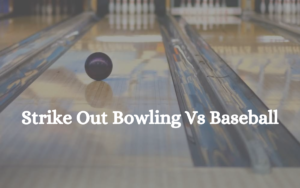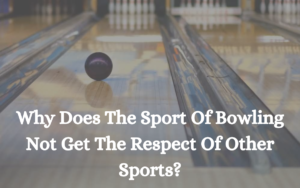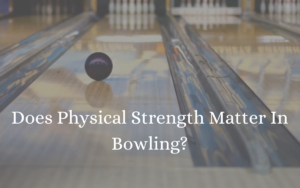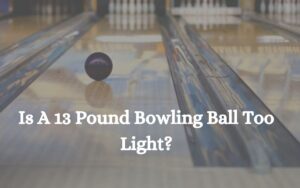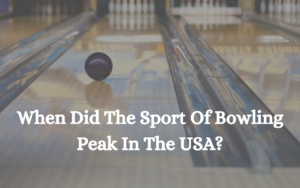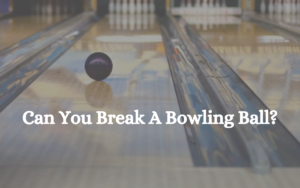A Bowling Ball Vs A Basketball: What Goes Faster?
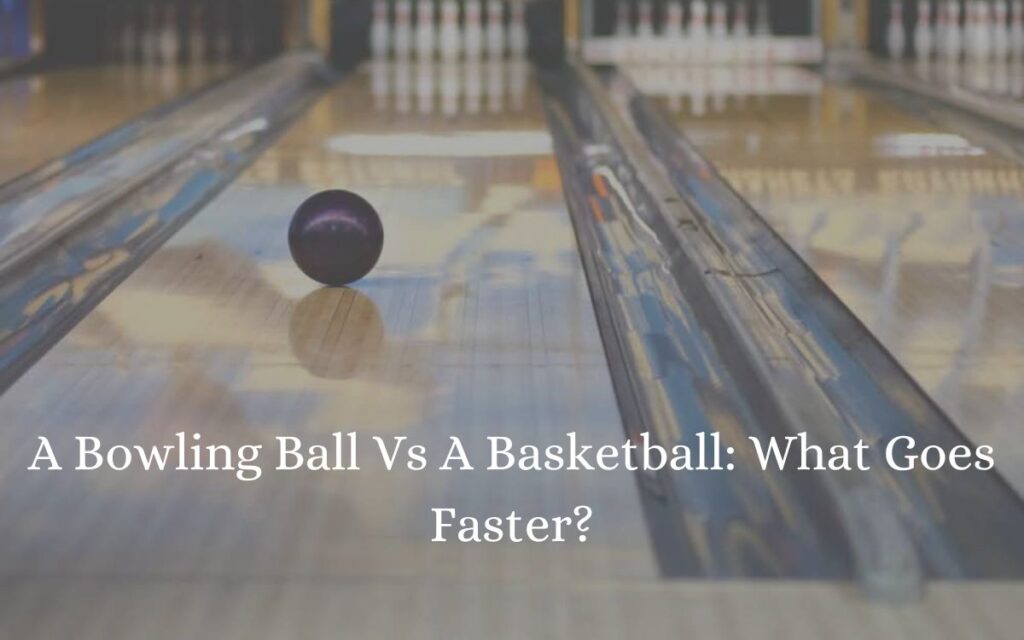
When a bowling ball and a basketball are compared the basketball has the ability to move faster. When comparing a bowling ball and a basketball, one would certainly question which object travels faster.
Our goal is to determine which item is more likely to move at a faster rate based upon the factors that add to its speed.
Mechanics of Motion
Understanding the speed of a bowling ball as well as a basketball needs a basic understanding of motion.
Both things follow physical rules, especially Newton’s laws of motion. These laws reveal how objects move as well as engage with their environments.
The Role of Weight and Mass
Weight and mass are important when considering an object’s speed. As a result of its greater mass a bowling ball is significantly heavier than a basketball.
According to Newton’s 2nd law of motion f = ma (force equals to mass times acceleration). Given the same amount of power the larger mass of the bowling ball leads to a lesser acceleration than the basketball.
The Impact of Air Resistance
Air resistance, frequently called drag, affects how objects move through the air. When a bowling ball or a basketball moves they come across levels of air resistance.

The bowling ball experiences more air resistance than the basketball as a result of its larger size as well as heavier weight.
Consequently the basketball is less affected by air resistance as well as might move faster.
The Influence of Friction
An additional point to think about when determining the speed of these objects is friction. While a bowling ball and a basketball both have friction the friction in between the bowling ball as well as the bowling lane is greater. This increased friction could cause the bowling ball to slow down, reducing its overall speed.
The Effect of External Forces
External factors such as the force used during a throw or a kick, can influence the speed of these objects.
If the same force is given to a bowling ball and a basketball the greater mass of the bowling ball will certainly take more force to increase it to the same speed as the basketball. Consequently basketball can achieve higher velocities.
Considering the Bounce Factor
Regarding speed, the ability to bounce could be really important. A basketball is meant to bounce, yet a bowling ball does not have this feature.
A basketball’s bouncing motion helps it transfer energy effectively while maintaining speed, but a bowling ball’s absence of bounce may cause its speed to reduce with time.
Analyzing the Energy Transfer
When evaluating the speed of objects, energy transfer is an important subject to understand. Because it is flexible, a basketball can effectively move energy upon impact.
Due to this effective energy transfer the basketball can maintain its speed better than a bowling ball possibly travelling faster.
Related: Is Duckpin Harder Than Candlepin Bowling?
Do Heavier Objects Fall Faster?
In a vacuum or free-falling environment, heavier items do not fall faster. According to Galileo’s well-known experiment, objects of differing weights fall at the same rate which entailed dropping objects of different masses from the Leaning Tower of Pisa.
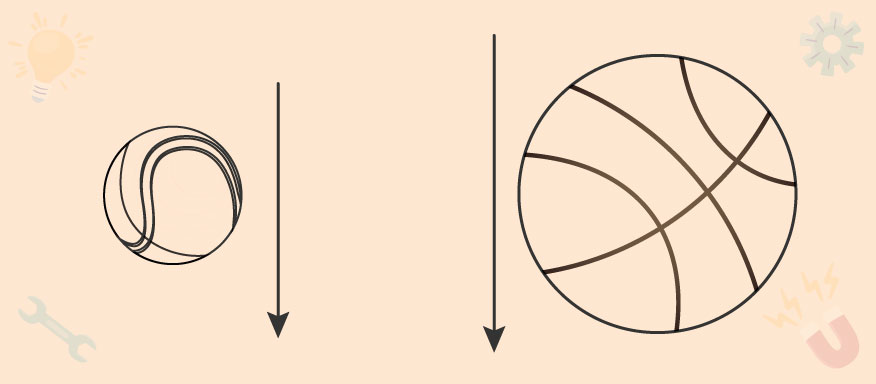
Without air resistance gravity accelerates all objects equally, regardless of mass. This phenomenon is called the equivalence principle or the universal gravitational principle.
As a result in a vacuum or free-falling situation an object’s weight or mass does not influence its fall rate.
Nonetheless in real life situations where air resistance exists heavier objects deal with an extra air resistance force, leading them to fall slower than lighter objects.
Would The Densities Of The Bowling Ball And The Basketball Be Equal If The Basketball Was Eight Times Larger?
Also if the basketball was 8 times the size of the bowling ball, their densities would certainly not be equivalent. Density is defined as mass per unit volume so even if the basketball were to be expanded its densities would stay consistent as long as its structure did not change.
A bowling ball has a much greater density than a basketball which is generally made up of rubber or artificial materials. Consequently if the basketball were 8 times the size of the bowling ball its densities would be significantly lower because of material structure differences.
FAQs
1. Can External Factors, Such As A Person’s Throwing Technique, Affect The Speed Of A Bowling Ball Or A Basketball?
Yes, external factors like throwing technique, force as well as angle can all impact the speed of these objects. The bowling ball and also the basketball can obtain faster speeds utilizing skilled throwing or kicking skills.
2. Why Does The Bowling Ball Lose Speed Over Time?
The ball rapidly loses speed due to the lack of bounce as well as high friction in between the bowling ball and the bowling lane.
3. Can the speed of a bowling ball or a basketball be measured accurately?
Yes both objects speeds can be measured utilizing various methods such as radar guns or motion sensing.
4. Is a bowling ball bigger than a basketball?
No, but a bowling ball is typically heavier than a basketball.
Conclusion
When a bowling ball as well as a basketball are compared the basketball has the ability to move faster. This is because of numerous types of factors changing their speeds. The basketball’s reduced weight and lower air resistance add to its ability to achieve a faster speed.
Additionally, the basketball’s greater surface area increases the energy transfer, which helps maintain the speed. Bowling ball can be slowed down by the increase in its weight and more friction with the lane. These objects’ speeds are also affected by their uses and multiple other factors. It is more possible that a basketball moves faster.
Other Posts:
Why does the sport of bowling not get the respect of other sports?
